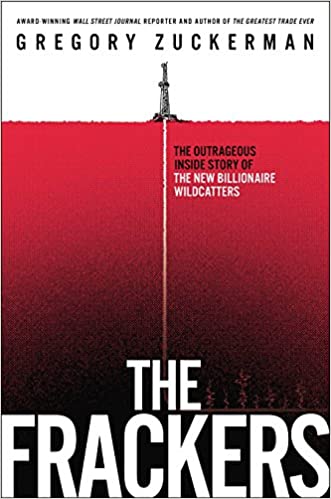
Sometimes it is hard because you don't know the words to use.” This technique is particularly powerful as it draws one into the text with a strong sense of the personal, whether from the stance of a carer, an attending professional, or, indeed, the sufferer. And talking specifically about your own dying is both harder and more important to do. Another refreshing feature is that, rather than speaking somewhat abstractly in the third person about other people facing serious illness, the authors have addressed the book to “you”: for example, “It isn't easy to talk about disease and dying.

This is a beautifully laid out book, with the prose interspersed with short poems, quotations, poignant photographs, and practical checklists. The authors face the issue of our own mortality head on, and explore in detail a wide range of end of life issues such as finding meaning in the last few weeks or months, helping family members to make decisions and give care, controlling pain, forgoing medical treatment, coping with events near death, and the dying of children. Handbook for Mortals attempts to bridge that gap-the gulf between “living with” and “dying of” that is fraught with fear and distress, both for the ill person and for loved ones and carers. Nowadays most people have little experience of disease and dying, and many of us will have serious illnesses that linger for months or years before we die.

Death and serious illness were everyday occurrences, and most people would have had firsthand experience of the death of a loved one early on in their own life. A hundred years ago most adults died quickly from accidents or infections.


 0 kommentar(er)
0 kommentar(er)
